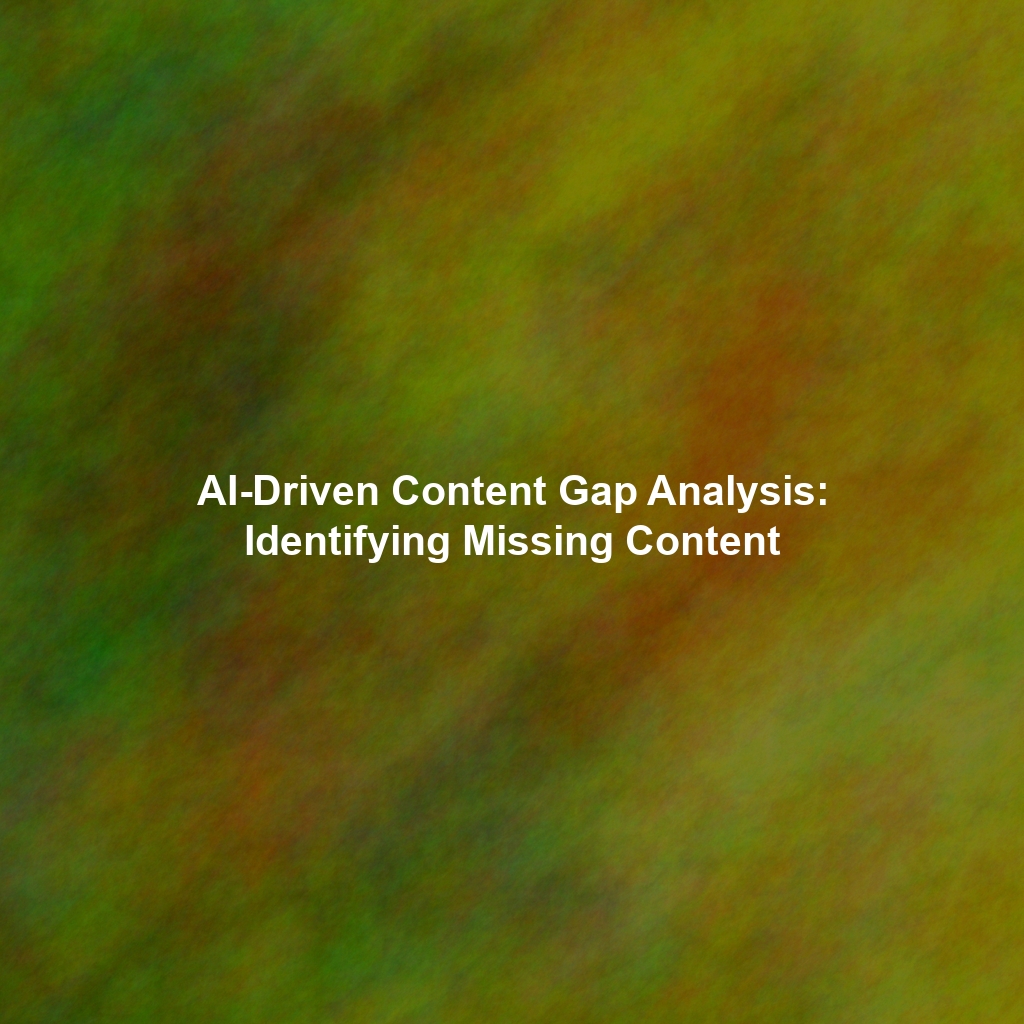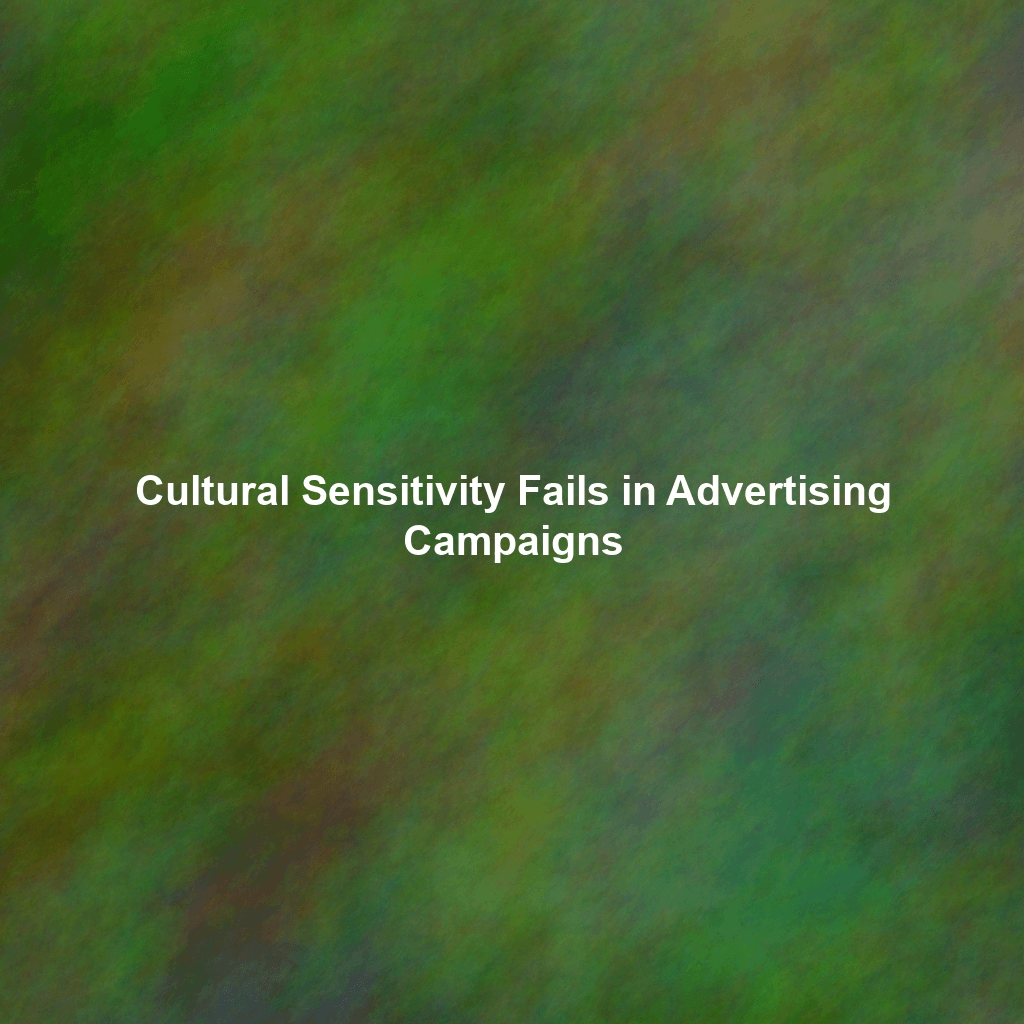The Evolution of AI Content Detection
Early AI content detectors relied on simple heuristics, such as identifying repetitive sentence structures or unusual word choices. However, as AI models like GPT-3 and its successors have become more advanced, these basic detection methods have become less effective. Modern AI detectors now employ more sophisticated techniques, including:
- Perplexity Analysis: Measuring the statistical randomness of text. Human writing typically exhibits a certain level of “surprise” and unpredictability, while AI-generated text can sometimes be overly predictable.
- Burstiness Analysis: Examining the distribution of specific words or phrases. AI models may overuse certain words or phrases in short bursts, which can be a telltale sign.
- Stylometric Analysis: Analyzing writing style characteristics, such as sentence length, word frequency, and punctuation patterns. Each writer has a unique “stylometric fingerprint,” and AI-generated text may lack this individuality.
- Semantic Analysis: Evaluating the meaning and coherence of the text. AI models can sometimes struggle with complex reasoning or subtle nuances, leading to inconsistencies or illogical statements.
Common Weaknesses of AI Content Detection Algorithms
Despite their advancements, AI content detectors are not foolproof. They still have weaknesses that can be exploited, including:
- Bias: Many AI detectors are trained on specific datasets, which can introduce bias. For example, a detector trained primarily on academic writing may be more likely to flag informal or creative content.
- False Positives: AI detectors can sometimes incorrectly flag human-written content as AI-generated. This is particularly problematic for writers with unique or unconventional writing styles.
- Contextual Understanding: AI detectors often struggle with understanding the context of the text. This can lead to inaccurate results, especially for content that relies on sarcasm, irony, or humor.
- Over-reliance on Predictability: Paradoxically, trying too hard to make AI-generated text sound “human” by introducing random errors or inconsistencies can sometimes backfire, making it more detectable.
Strategies to Produce Human-Centric Content and Minimize Detection Risk
The key to creating AI-assisted content that is less likely to be detected is to focus on producing high-quality, human-centric writing. Here are some practical strategies:
- Infuse Personal Experience and Expertise: Share your own anecdotes, insights, and opinions. AI models lack the ability to draw on personal experiences, making this a powerful differentiator.
- Develop a Unique Voice: Don’t simply rely on the AI to generate the text. Actively edit and refine the content to inject your own individual writing style.
- Focus on Clarity and Accuracy: Ensure that the content is well-researched, factually accurate, and easy to understand. AI models can sometimes generate inaccurate or misleading information.
- Incorporate Storytelling: Use storytelling techniques to engage the reader and make the content more memorable. AI models are generally less adept at crafting compelling narratives.
- Add Nuance and Emotion: Express your emotions and connect with the reader on a personal level. AI models struggle to convey genuine emotions.
- Vary Sentence Structure and Word Choice: Avoid repetitive sentence structures and overly predictable word choices. Use a variety of synonyms and sentence lengths to create a more natural flow.
- Edit Rigorously: Carefully proofread and edit the content to remove any errors or inconsistencies. Pay attention to grammar, spelling, and punctuation.
- Use AI as a Tool, Not a Replacement: The most effective approach is to use AI to assist with tasks like brainstorming, research, or drafting, but to ultimately rely on your own human judgment and creativity to shape the final product.
Expert Opinions on Undetectable AI Content
According to Dr. Emily Carter, a leading expert in natural language processing, “The key to creating ‘undetectable’ AI content lies not in trying to trick the detectors, but in using AI as a tool to enhance human creativity and expertise. Focus on adding unique value that AI simply cannot replicate.”
Examples of Potentially Undetectable AI Content (with Human Editing)
It’s impossible to guarantee 100% undetectability, as detection methods are constantly improving. However, the following examples demonstrate how human editing can significantly reduce the risk of detection:
- Initial AI Draft: (Hypothetical AI-generated paragraph about travel) “Traveling to new places can be an enriching experience. It allows you to see different cultures and meet new people. It can also broaden your horizons and give you a new perspective on life. Many people enjoy traveling for these reasons.”
- Human-Edited Version: “There’s nothing quite like the feeling of stepping off a plane in a new country, the air thick with unfamiliar scents and the promise of adventure. I remember arriving in Bangkok years ago, overwhelmed by the sights and sounds, yet strangely invigorated. Travel isn’t just about ticking off destinations on a map; it’s about challenging your assumptions and expanding your understanding of the world – and yourself.”
Notice how the human-edited version incorporates personal experience, vivid imagery, and a more engaging writing style. These elements make the content more unique and less likely to be flagged by AI detectors.
Conclusion
The cat-and-mouse game between AI content generators and detectors is likely to continue for the foreseeable future. However, by focusing on producing high-quality, human-centric content, writers and content creators can significantly reduce the risk of detection and create content that resonates with their audience. The key is to embrace AI as a powerful tool, but to never lose sight of the importance of human creativity, expertise, and authenticity.
 Skip to content
Skip to content

